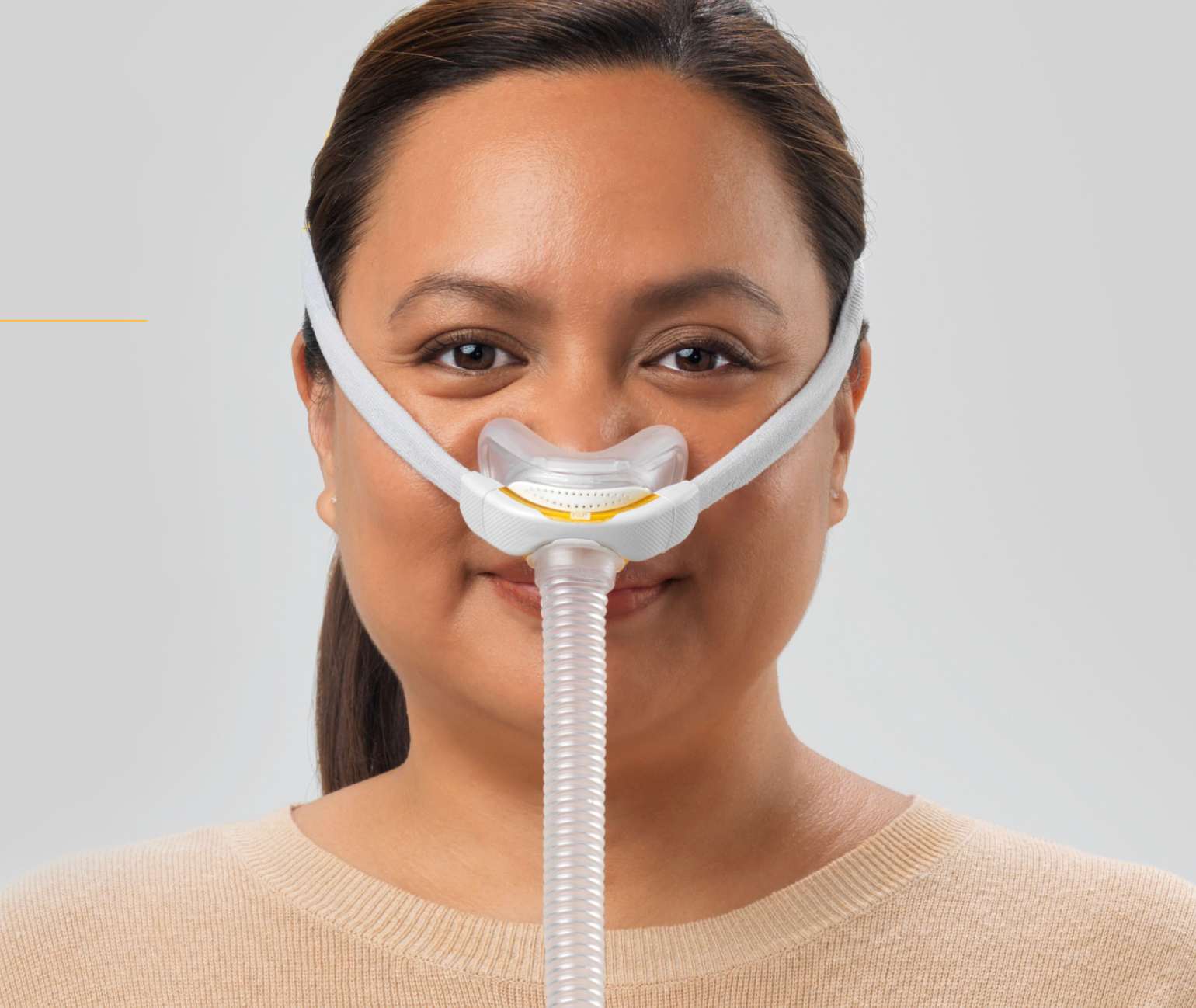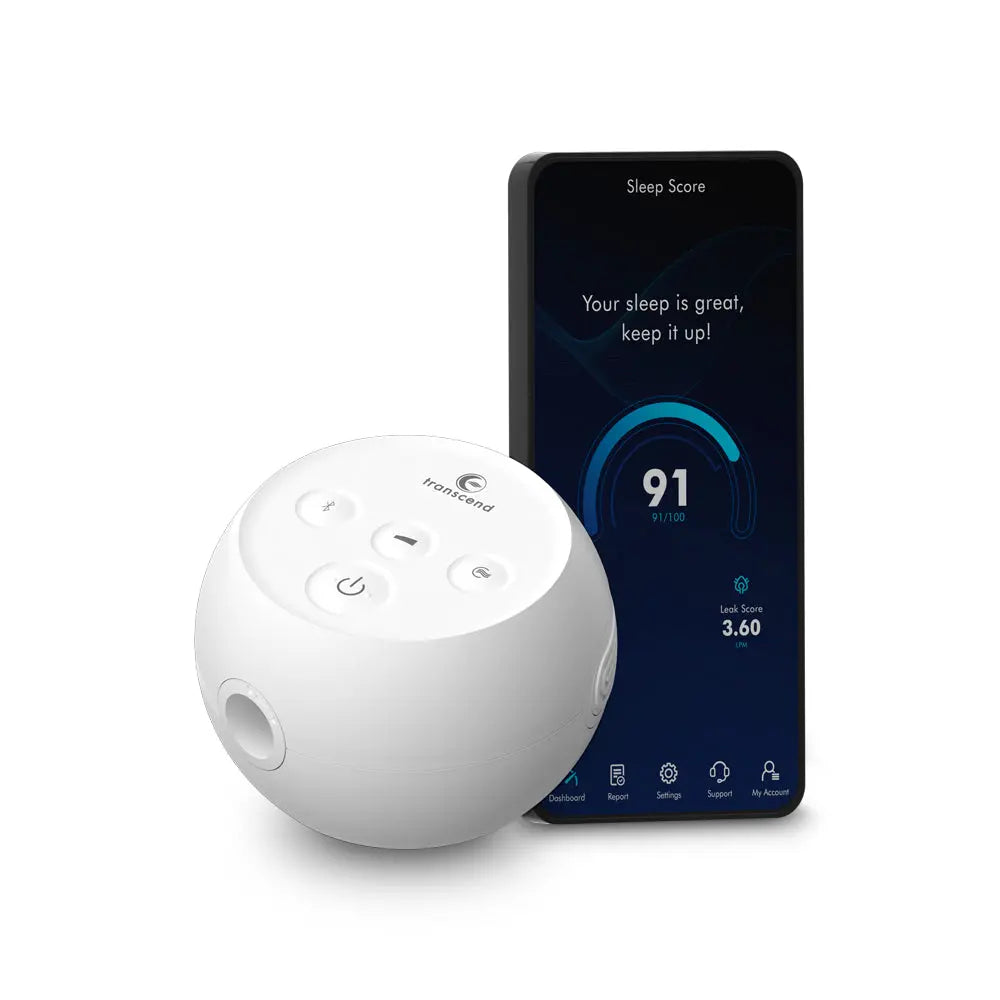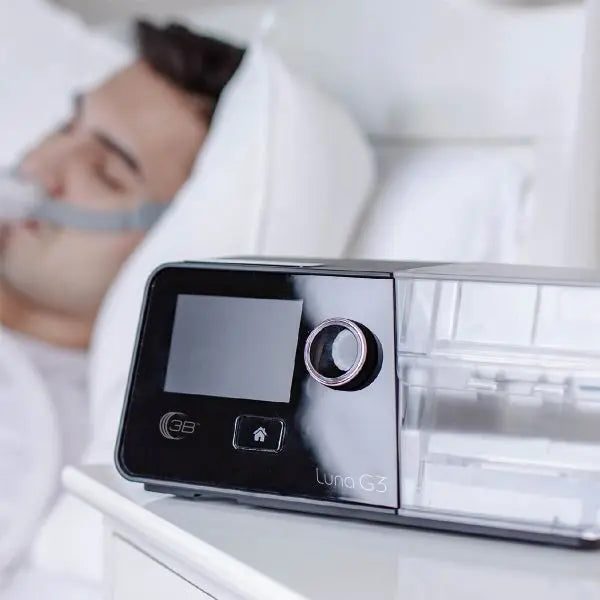The Importance of Using Your CPAP Therapy When Traveling – Why You Should Bring Your Everyday Machine
The Science Behind CPAP Therapy and Travel
CPAP (Continuous Positive Airway Pressure) therapy is the gold standard treatment for obstructive sleep apnea (OSA), a condition that affects millions worldwide. Research indicates that untreated OSA is associated with cardiovascular disease, metabolic disorders, and neurocognitive dysfunction (Peppard et al., 2013).
Even short-term discontinuation of CPAP therapy has been shown to have adverse effects. A study by Kohler et al. (2011) found that skipping CPAP for as little as two nights can result in significant increases in blood pressure and oxidative stress. Moreover, the recurrence of apnea episodes after stopping CPAP can negatively impact glucose metabolism and cognitive function (Wolk et al., 2003).
Given the physiological consequences of untreated sleep apnea, it is crucial to maintain CPAP therapy even while traveling.
Why CPAP Therapy is Essential – Even When Traveling
Skipping CPAP therapy, even for a few nights, can lead to a variety of negative consequences, including:
-
Daytime Fatigue: Poor sleep quality due to untreated apnea leads to drowsiness, sluggishness, and cognitive impairment.
-
Increased Cardiovascular Risk: Research by Marin et al. (2005) shows that untreated OSA significantly increases the risk of hypertension, heart disease, and stroke.
-
Sleep Fragmentation: Apnea episodes cause frequent awakenings throughout the night, reducing overall sleep efficiency.
-
Higher Risk of Accidents: Studies indicate that untreated OSA patients are at a higher risk for motor vehicle accidents due to impaired alertness (Ellen et al., 2006).
Why You Should Bring Your Everyday CPAP Machine When Traveling
1. Comfort and Familiarity
Your everyday CPAP machine is already adjusted to your personal comfort settings. Research suggests that adherence to CPAP therapy increases when patients use familiar equipment (Weaver & Grunstein, 2008).
2. Consistency in Treatment
Studies indicate that CPAP users who maintain consistent therapy, even during travel, experience better long-term outcomes (Lettieri et al., 2016). By bringing your primary machine, you maintain effective therapy without interruptions.
3. Avoiding Travel-Sized Limitations
While travel CPAP machines like the ResMed AirMini are excellent for portability, they often lack features such as built-in humidifiers, which can be essential for users prone to nasal dryness (Patel et al., 2018).
4. No Learning Curve
Adjusting to a new CPAP device while traveling can be stressful and may lead to lower compliance rates. By using your regular CPAP machine, you eliminate this adjustment period and ensure optimal sleep quality.
5. Insurance and Compliance Considerations
Many insurance providers require documented CPAP usage for continued coverage. If you skip therapy while traveling, you risk non-compliance, which could affect insurance coverage for your machine and supplies (Kushida et al., 2006).
When to Consider a Travel CPAP Machine
While your home CPAP is usually the best choice, there are cases where a dedicated travel CPAP is a beneficial alternative:
-
Frequent Flyers: If you travel often, a compact CPAP may be more convenient.
-
Limited Luggage Space: Travel CPAPs are smaller and easier to transport.
-
International Travel: Travel CPAPs may be more adaptable to different power outlets.
-
Camping or Off-Grid Trips: Travel CPAPs often have battery compatibility for power-free locations (Giles et al., 2017).
If you need a reliable travel CPAP, USA Medical Supply offers the ResMed AirMini at the best pricing with expert support.
Best Practices for Traveling with Your CPAP Machine
1. Pack Your CPAP in a Carry-On Bag
The FAA allows CPAPs as medical equipment, so they do not count toward your carry-on limit (Federal Aviation Administration, 2022).
2. Bring Distilled Water for Humidification
If distilled water is unavailable, consider using a waterless humidification option compatible with your machine (Nguyen et al., 2010).
3. Use a Travel Case for Protection
A dedicated CPAP travel case helps prevent damage and contamination during transit.
4. Check Power Compatibility
Verify voltage requirements and bring necessary adapters for international travel (ResMed, 2022).
5. Have Backup Supplies
Pack extra filters, tubing, and mask cushions to avoid interruptions in therapy.
Why Buy a ResMed AirMini from USA Medical Supply?
For those seeking a high-quality travel CPAP, USA Medical Supply offers the best pricing and fast shipping on the ResMed AirMini. Why choose us?
-
Unmatched Prices on ResMed AirMini
-
Expert CPAP Support
-
Reliable and Fast Shipping
-
Trusted Provider with a Reputation for Excellence
Visit USA Medical Supply today to ensure uninterrupted CPAP therapy while traveling.
Conclusion
Consistent CPAP therapy is crucial for individuals with sleep apnea, regardless of location. Scientific research highlights the risks of skipping therapy, even temporarily. Bringing your everyday CPAP is often the best choice to ensure effective treatment. However, for those needing a more compact option, the ResMed AirMini, available at USA Medical Supply, is an excellent alternative.
By maintaining your CPAP therapy while traveling, you protect your health, improve your sleep quality, and enhance your overall travel experience.
Bibliography
-
Ellen, R., et al. (2006). Sleep apnea and risk of motor vehicle accidents. Journal of Clinical Sleep Medicine, 2(2), 193-200.
-
Federal Aviation Administration. (2022). Guidelines for traveling with medical devices. Retrieved from FAA.gov
-
Kohler, M., et al. (2011). The cardiovascular impact of intermittent hypoxia and CPAP therapy. American Journal of Respiratory and Critical Care Medicine, 184(11), 1232-1240.
-
Marin, J. M., et al. (2005). Long-term cardiovascular outcomes in men with obstructive sleep apnea. The Lancet, 365(9464), 1046-1053.
-
Peppard, P. E., et al. (2013). Increased prevalence of sleep-disordered breathing in adults. American Journal of Epidemiology, 177(9), 1006-1014.
-
ResMed. (2022). Travel CPAP guide. Retrieved from ResMed.com
-
Weaver, T. E., & Grunstein, R. R. (2008). Adherence to CPAP therapy. Chest, 134(2), 402-409.
-
Wolk, R., et al. (2003). Obstructive sleep apnea and metabolic syndrome. Circulation, 108(4), 512-515








Leave a comment
This site is protected by hCaptcha and the hCaptcha Privacy Policy and Terms of Service apply.